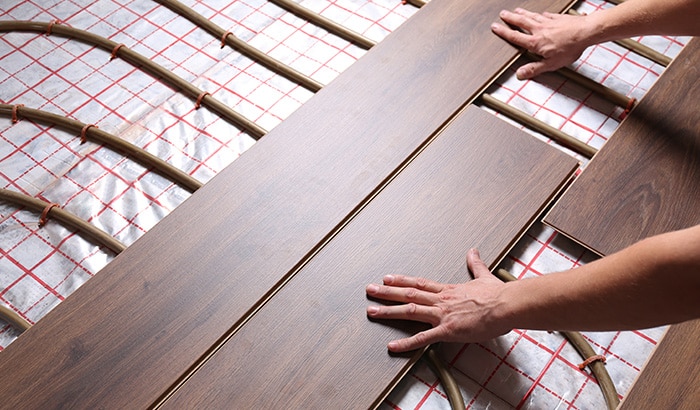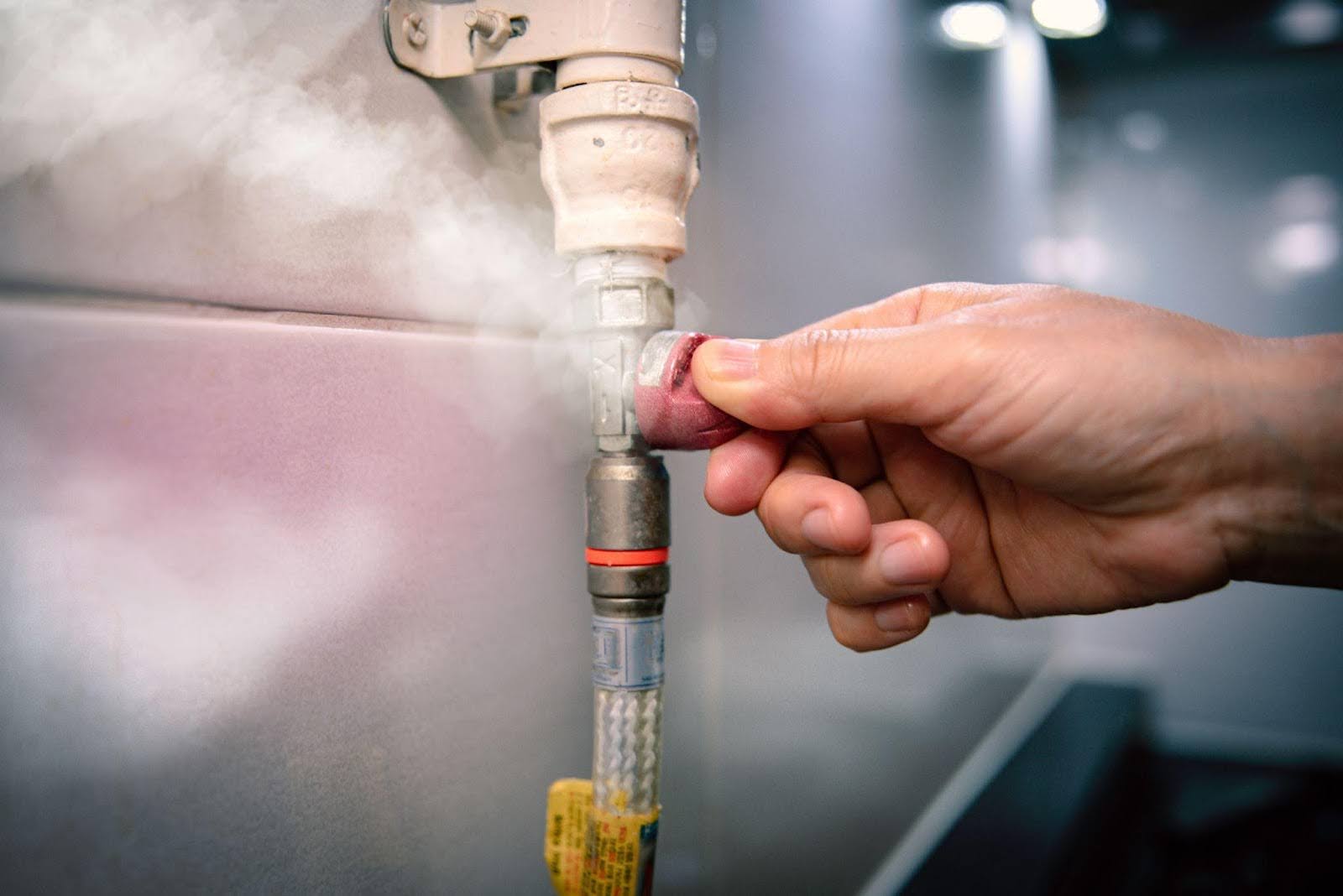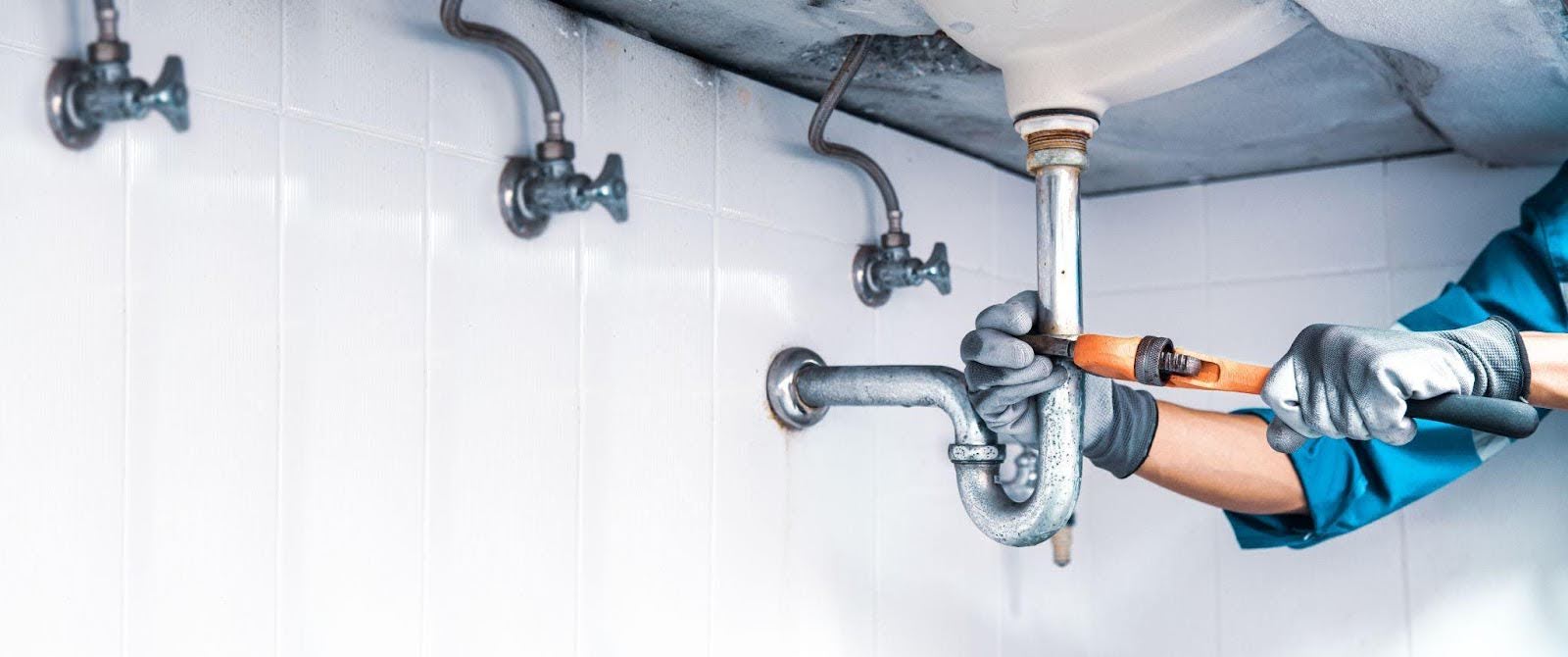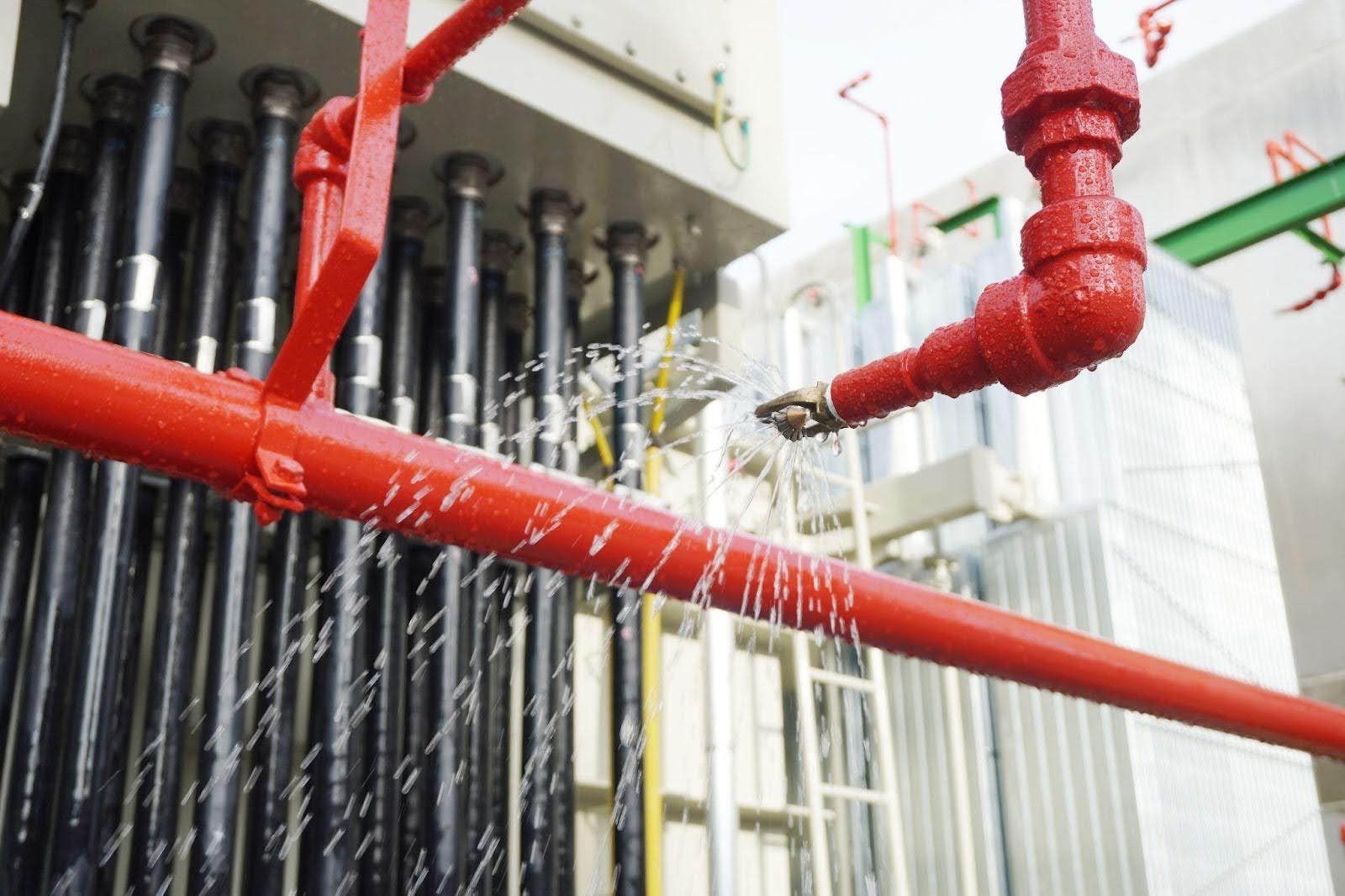One of the most efficient ways to heat a home is with radiant heating. As demand for more affordable radiant heating technologies increases, the technology involved becomes more refined and accessible.
This technology comes with its benefits and disadvantages, just like anything else. Homeowners thinking of investing in radiant heating will have to consider prices, interior design limitations, and convenience expectations when deciding to install radiant heating.
But before we discuss the pros and cons, here is what you need to know about radiant heating.
What Is Radiant Heating, and How Does It Work?
Homes and buildings that use radiant heating use a style of home-heating dating back to the days of the Roman empire.
The Romans were famous for their abilities with indoor plumbing. The Romans were able to create a system of heating buildings using heated water instead of traditional fire-places and braziers.
Humans rediscovered this technology in the late 1700s, which involved using steam and walled-in piping to alternative conventional heating methods. This technology was quickly followed by crude renditions of the modern-day HVAC system standard in most buildings today.
Today, there are three types of radiant heating systems. They are:
- Electric – Electric radiant floors do not require water or gas to move heat. The system works by installing electric coils contained in an insulating material.
- Air-heated – Air-heated radiant heating systems cycle warm air through pipes installed under floors.
- Hydronic – Radiant heating using a hydronic system pipe hot water through a network of lines similar to the air-heated system.
Installation requirements vary, but one thing is consistent about each of these systems: installation requires complete removal and replacement of flooring wherever you plan on installing your radiant heating system.
Pros of a Radiant Heating System:
Radiant heating systems are an excellent investment in your home. Here are some reasons why:
1.More Energy-efficient
Homes with a central heating system using ventilation lose a lot of heat through poor insulation around doors and windows — furnaces blast hot air out of vents that do little to warm the rooms of your home. When the air gets from the vent to the middle of the room, it can cold down dozens of degrees.
As nothing more than the air is being heated, energy is absorbed by the coldest points in the room. This heat will dissipate quickly, and your furnace will soon require more energy to heat the room again.
Radiant heat systems turn your floor into a giant heating element that heats the air. Less energy is wasted by going directly to cold spots in the house.
2.More Uniform Heat
Thanks to the laws of physics, it is tough to make hot air distribute evenly through a room. Heat rises, so the hot air from your air vents is more likely to warm your ceiling than your floor. If your home is like most, chances are you aren’t doing all your everyday living on the ceiling.
The only thing that matters in a heating system is whether you feel warm or cold. Apart from that, there is little else that matters. One part of the room can be stifling hot with heating vents, while another area three feet away is frigid cold. Radiant heat starts at the bottom of your room and gently raises the temperature of the entire space.
By heating the floor and not blasting hot air into the room, the temperature you feel in one location is likely consistent everywhere else. Radiant heating is a more natural and effective way of heating your home.
3.Eliminates the Need for Additional Appliances
If you have a hydronic radiant heating system installed, you eliminate your need for appliances to heat your home and hot water.
Boiler systems can be used to both heat a home and provide hot water to faucets. In addition, tankless water heaters can be used in the place of a boiler. Consolidating multiple systems into one simplifies and reduces the need for new appliances and maintenance repairs.
Cons of Radiant Heating
Any type of radiant heating comes with its drawbacks. Most of the disadvantages include the initial costs and setup, not how heating quality stacks up next to conventional heating.
1.Harder to Retrofit into a House
Radiant heating requires a lot of new equipment. Pipes or panels are installed under the floor for the system to work, including cabling or piping for electricity, water, or air and their connections to related appliances.
For existing houses, this can be a challenge. It would be the easiest to make this change in an all-at-once renovation instead of a room-by-room ordeal. It is much more challenging to integrate this kind of heating system into a house currently being lived in.
2,More Expensive Installation
When setting up a radiant heating system, you need more materials at the beginning of the project. Radiant heating requires hundreds of feet of pipes or dozens of electrical floor panels for optimal function.
The cost of acquiring these materials and then the additional expense of having a professional install it will be more than having a furnace and some vents installed.
3.Radiant Heating is More Gradual
The difference between how a furnace heats a home and how radiant heat warms a home is the difference between a sunrise and a campfire.
The furnace is like a campfire. Much heat is concentrated in one area, giving off warmth only as long as the fuel source lasts. The sun is like radiant heat. It may take a while for you to start feeling the sun’s warmth in the daytime, but when the world is bright and warm from the sunshine, the heat is everywhere and lingers even after the sun goes down.
Some people may prefer the quick heat of a furnace and duct system rather than radiant heating.
Keeping Warm With Salisbury Plumbing
If you need a radiant heating system installed in your home, we are fast, reliable, and provide quality work.
Contact us today to see if radiant heating is right for your home!







